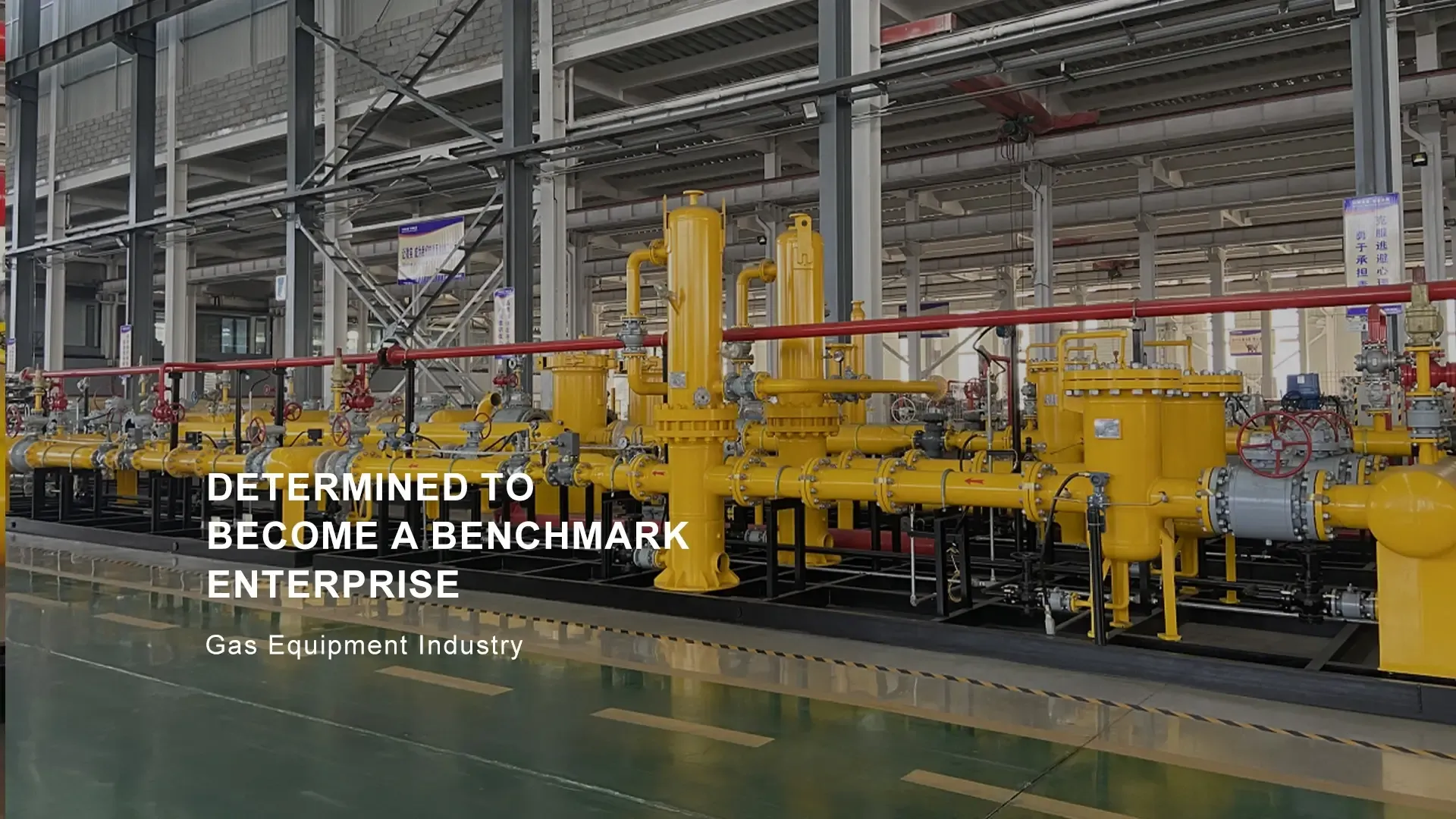
Dec . 10, 2024 06:28
Back to list
gasification equipment
Gasification Equipment Transforming Waste into Energy
Gasification is an innovative process that converts organic or carbonaceous materials into synthesis gas, often referred to as syngas. This process has gained traction in recent years due to its potential to address both energy demands and waste management challenges. With the increasing focus on renewable energy and sustainability, gasification equipment plays a crucial role in facilitating this transformation.
At its core, gasification involves a thermal process wherein biomass, coal, or waste materials are subjected to high temperatures in an oxygen-limited environment. This environment prevents complete combustion, leading to the production of syngas, which is primarily composed of hydrogen (H2) and carbon monoxide (CO). These components can then be used for various applications, including electricity generation, heating, and even as a feedstock for producing chemicals and fuels.
Types of Gasification Equipment
Gasification systems vary widely in design and application, but they generally fall into three main categories fixed-bed, fluidized-bed, and entrained-flow gasifiers
.1. Fixed-Bed Gasifiers These are among the simplest and most widely used types of gasifiers. In fixed-bed systems, the feedstock is placed on a grate, and air or oxygen is introduced from below. The materials undergo pyrolysis, combustion, and reduction in a sequential manner. Fixed-bed gasifiers are often used for small to medium-scale applications, making them suitable for localized power generation.
2. Fluidized-Bed Gasifiers In contrast to fixed-bed systems, fluidized-bed gasifiers utilize fine particles of feedstock that are suspended in a stream of gas, allowing for improved heat transfer and reaction kinetics. This design results in higher efficiency and enables the gasification of a broader range of feedstocks, including biomass, coal, and even municipal solid waste. Fluidized-bed systems are ideal for larger scales of operation and offer greater flexibility in terms of feedstock composition.
gasification equipment

3. Entrained-Flow Gasifiers These systems operate at high temperatures and pressures, allowing for rapid gasification of finely ground feedstocks. The feedstock is injected into a reactor along with oxygen and steam, rapidly converting it into syngas. Entrained-flow gasifiers are highly efficient and are often used in large industrial applications, such as in the coal-to-liquids production or in power plants.
Benefits of Gasification Equipment
The advantages of gasification equipment extend beyond just energy production. One of the most significant benefits is its ability to minimize waste. By converting waste materials into useful energy, gasification reduces the volume of waste sent to landfills and mitigates the environmental impact associated with waste disposal. Additionally, the process generates fewer pollutants compared to traditional combustion methods, making it a cleaner alternative.
Moreover, gasification supports the circular economy by enabling the recycling of carbon. The syngas produced can be transformed into biofuels or feedstock for chemicals, providing a sustainable option for meeting industrial demands. The valorization of waste also contributes to energy security by diversifying energy sources and reducing dependency on fossil fuels.
Conclusion
As the world shifts towards more sustainable practices, gasification equipment stands out as a pivotal technology that bridges waste management and energy production. With its various types and applications, gasification not only helps combat the energy crisis but also fosters environmental conservation. Embracing this technology can pave the way for a cleaner, more sustainable future, where waste is no longer a burden but a valuable resource.
Next:
Latest news
-
Safety Valve Spring-Loaded Design Overpressure ProtectionNewsJul.25,2025
-
Precision Voltage Regulator AC5 Accuracy Grade PerformanceNewsJul.25,2025
-
Natural Gas Pressure Regulating Skid Industrial Pipeline ApplicationsNewsJul.25,2025
-
Natural Gas Filter Stainless Steel Mesh Element DesignNewsJul.25,2025
-
Gas Pressure Regulator Valve Direct-Acting Spring-Loaded DesignNewsJul.25,2025
-
Decompression Equipment Multi-Stage Heat Exchange System DesignNewsJul.25,2025

